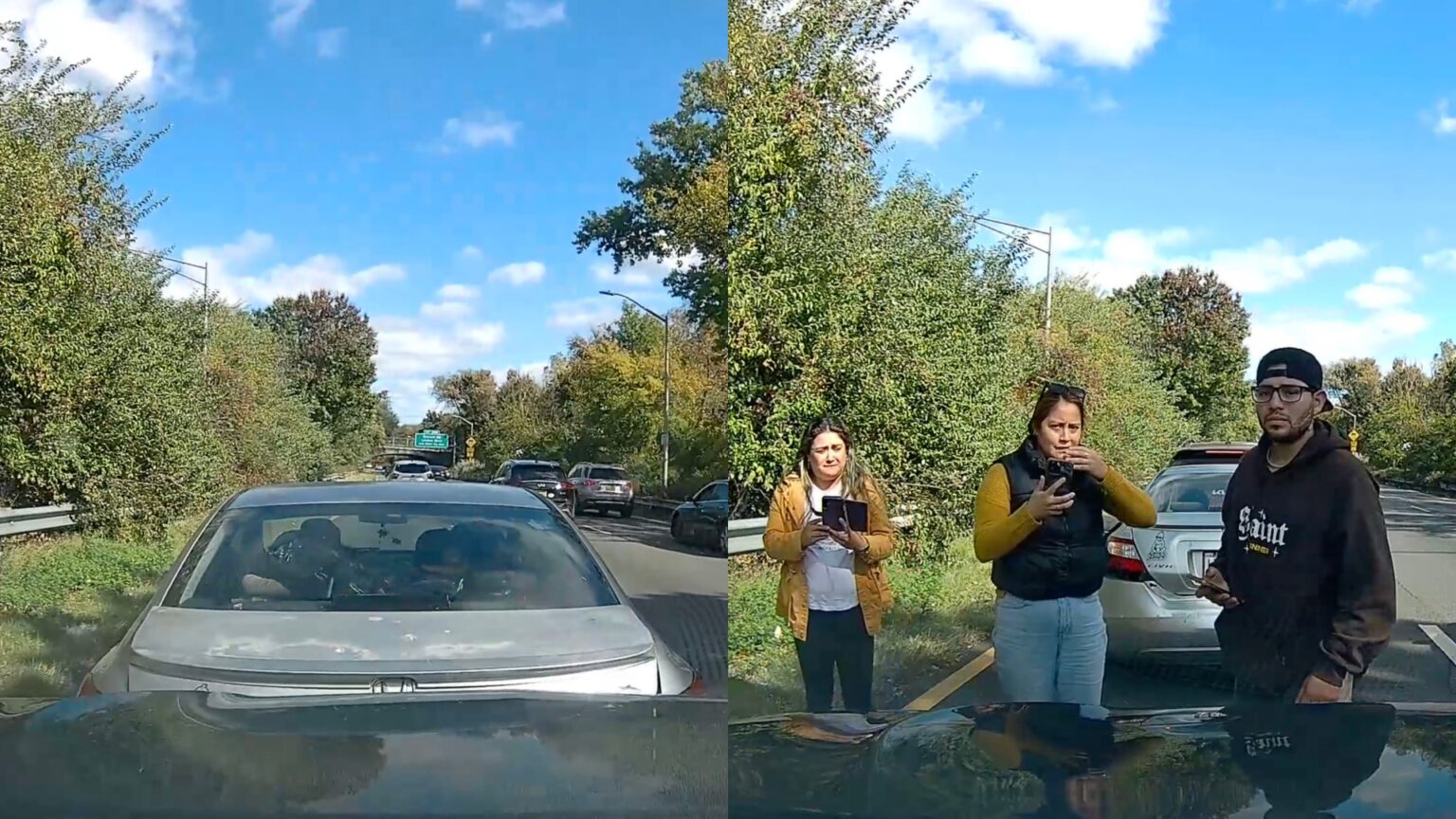On October 16, 2024, a disturbing incident occurred on the Belt Parkway in Queens, New York, capturing the attention of viewers online and highlighting a rising trend of staged car crashes aimed at defrauding insurance companies. Ashpia Natasha recorded the entire event on her dashcam while driving towards the Southern State Parkway. The footage, later posted on TikTok, reveals Ashpia’s alarming experience as she encountered a silver Honda that cut her off before abruptly braking in an apparent attempt to position her for a potential rear-end collision. Ashpia’s quick reflexes allowed her to avoid hitting the Honda; however, the driver engaged in a more sinister tactic by reversing into her car, creating a crash to simulate an accident.
The video showcases the complexities of the staged crash as the situation escalated. After successfully avoiding an initial impact, Ashpia found herself in a precarious position when the Honda reversed, making contact with her vehicle. The driver appeared to feign injury upon exiting the car, seemingly plotting to claim that Ashpia had caused the accident. Ashpia’s account details how the entire encounter appeared orchestrated, with the Honda’s driver aggressively attempting to play the victim. Given the deceptive nature of the situation, Ashpia believed the encounter was indeed an attempt at insurance fraud, with the driver hoping to collect damages from a collision that was intentionally provoked.
As the incident progressed, the actions of the individuals involved began to raise even more red flags. Surveillance revealed that, as soon as the crash occurred, the initial driver discreetly switched vehicles, moving from the Honda to a red Kia SUV that had been trailing them. The swift action suggested a premeditated plan, as the Kia promptly whisked the driver away from the scene of the incident. Ashpia noted that the Kia had a tarp covering its rear windshield, which fell off upon hitting her vehicle, essentially leaving clues to their fraudulent scheme. The series of movements captured on her dashcam revealed not only the driver’s escape but also the calculated behavior of the passengers who exited the car, initially feigning injuries before quickly switching gears upon noticing Ashpia’s recording device.
Once outside their vehicle, the remaining individuals proceeded to enact a façade of distress, likely in an effort to support their fraudulent claim. However, this act quickly shifted once one of them became aware of the dashcam filming the encounter, prompting a hurried change in their demeanor. Rather than focusing on injuries, they began documenting damage to both vehicles with their phones, seemingly moving away from their initial play-acting in hopes of minimizing their chances of exposure. This shift served to highlight the uncanny coordination among the perpetrators, suggesting that they had rehearsed their strategy for dealing with potential witnesses or recordings.
Despite feeling shaken and bewildered by the rapid unfolding of events, Ashpia took the prudent step of contacting the police immediately after the crash. However, she was met with disappointing news; she learned that officers typically do not respond to vehicle accidents unless there are reported injuries and the drivers involved willingly exchange information. This left Ashpia grappling with the aftermath of the attempted fraud and made her realize the vulnerability of innocent drivers caught in such schemes. It also raises broader questions about road safety and the legal implications aiding victims in similar circumstances.
Ashpia’s experience not only highlights the dangers of being on the road in an age where fraudulent claims appear to be on the rise, but it also creates an urgent conversation about the need for improved measures to address and curtail such criminal activities. Her story serves as a poignant reminder of how quickly situations can escalate on the road and how critical it is for drivers to protect themselves by using technology, like dashcams, to serve as witnesses in case of future incidents. Ultimately, this incident encapsulates the challenges faced by individuals in today’s society, underscoring the need for awareness and vigilance against deceitful practices that can emerge on our roads.

